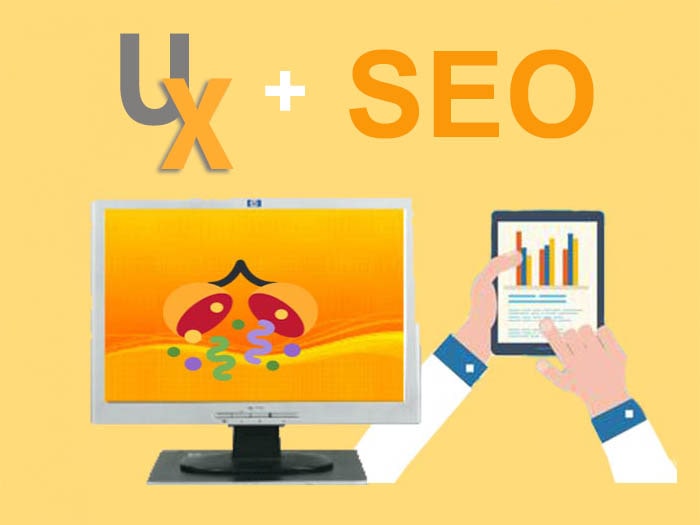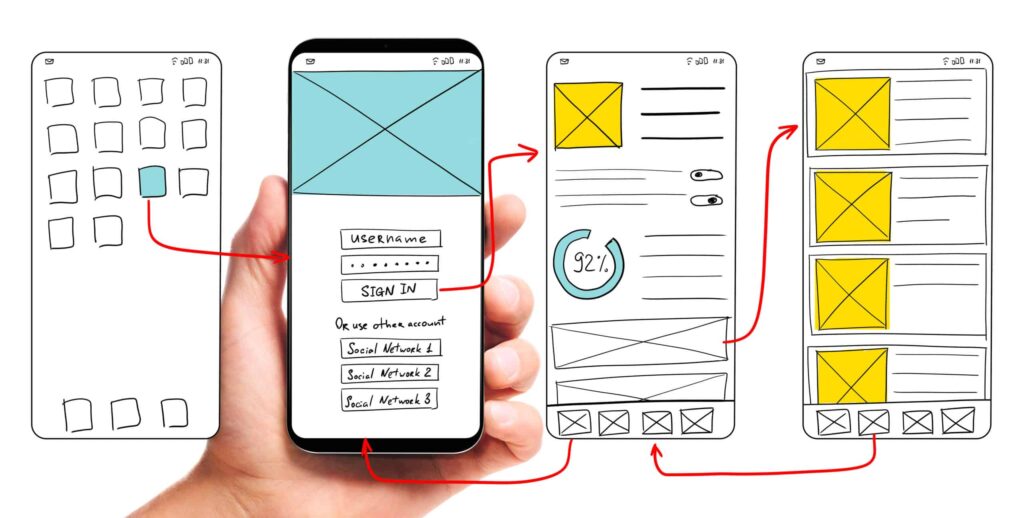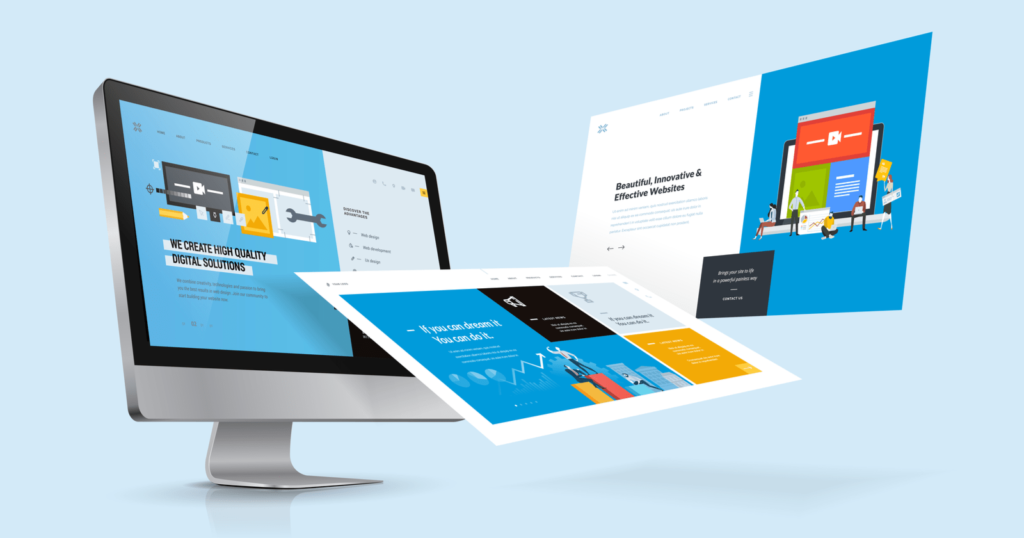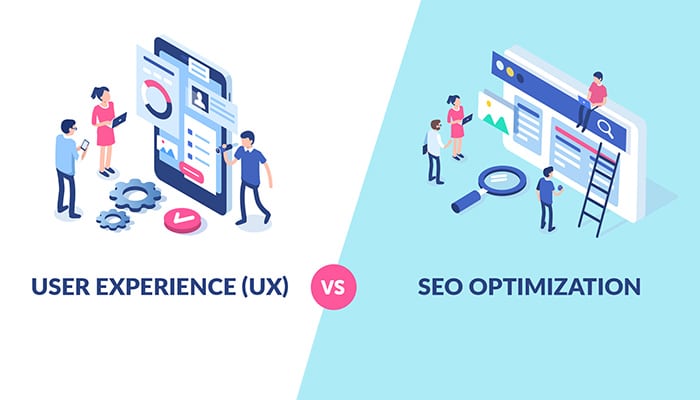There are some websites that are to be found on page one of a relevant-keyword Google search. This means that they are doing very well on the SEO front. However, when you try to see these websites you get a headache for days. They are on the first page, but then they are extremely difficult to use. Such websites do not get repeat visitors that easily. Unless the site is, of course, one of those that are the only ones providing that particular product or service, you will not bother to visit that site again.
One of Google’s main philosophies regards provision of premium quality experience to the users. This philosophy extends to the websites and blogs as well. If you want your website to rank highly on Google or on any other search engine, you better ensure that the site is going to make users have a positive experience like no other. It should be user friendly and engaging. These are both functions of the website’s design. The design of your website should do two things: please the search engines and please the users as well.
Table of Contents
Web design over the decade
Some ten years ago, websites were designed to make work easy of the web crawlers. It really did not matter whether you understood what the website was all about or not. The sites were developed with crawlable designs and the content teeming with keywords. Such a strategy worked out very well a decade ago. You would rank better on Google if you had such a website. However, Google and its search algorithm have come a long way. SEO-only strategies for web design are no longer working for websites.
Every SEO professional will tell you that if you try to please Google without pleasing the users, then you are doomed. Google’s search algorithm nowadays places more emphasis ondesigning for user experience (UX) than designing for SEO purposes. This however should not be taken to mean that you should shun designing for SEO completely. There is nothing beneficial about having a website that has a very cute and navigable design, but then people do not know about it. The secret is designing for both the search engines and the users. When you blend SEO and user experience into your website’s design, you will get to enjoy some amazing results.
Blending the two is quite simple actually. SEO and UX are now more complementary than before. When you design for UX, you are bound to get improved results in your SEO campaigns. This is mainly because there are some elements of UX that are related to those of SEO and this brings us to the next section of the article
Elements that improve UX
These are things you already know if you have been keeping up with the trends in web design and SEO over the past few years. They are basically issues on how to make your site more accessible to people from all parts of the world. These elements will improve your site’ user-experience quality:
- Mobile responsiveness
Most people want to check their social media when they are still in bed. They want to place an order for shoes and dresses without having to leave the comfort of their beds. They want to access the latest news while they are stuck in traffic on the way home. Most of all, they do not want to do all this work on bulky machinery like the desktop computers or even the laptops. Who wants to whip out a laptop while they are seated in a bus on their way home?
Mobile responsiveness is a very important aspect to consider when designing a website. In April of 2015, Google released a mobile-friendly update that enhances the rankings of websites, making them more legible and functional on devices like phones and tablets. It truly does pay to have your site designed for mobile screens especially considering the fact that a majority of people use mobile devices to access internet.
- Infinite scroll
This is one of the hottest trends in web design currently. People love lists and they do not like to load multiple pages in order to read these lists. It is not only about lists though, even articles such as this one. There is no one who enjoys having to wait for page two or three to load. They want to read the whole article on the same page and hence the ‘infinite scroll’. This is where you scroll, scroll and scroll some more. It is great for boosting the speed of your website. Speed is an important aspect of SEO. It is also great for UX.
However, you need to be careful about how you use this design element. The content usually loads as you continue to scroll, for example, like your Twitter or Facebook news feed. The content that is visible to the user remains invisible to Google because the crawlers do not scroll. It is recommended to create a paginated series along with the infinite scroll. This ensures fast loading time and lets users to find the content they are looking for easily.
- Images
Images are great. A picture is worth a thousand words, that is what they say. If you add images to your articles, they are bound to be more engaging. This is great for user experience but then the images might be too heavy, thus slowing your site’s speed. This is not good for SEO. Here is the interesting bit. Google can read images. If you surround them with relevant text, give the images some descriptive file names and include appropriate alt. text you will be good to go. Balance the text and the image and you will be sorted both in the UX and SEO departments.
Bottom line
Designing with the intention of pleasing Google might have been good some years ago, but then today you need to please the users of your site. The goal is to make people come back to your site again and again. In order to achieve this, you will have to take into consideration some elements of SEO, which also double up to complement your UX designs. These include things like ensuring your site is mobile responsive, using sizeable images and making use of infinite scroll smartly.




